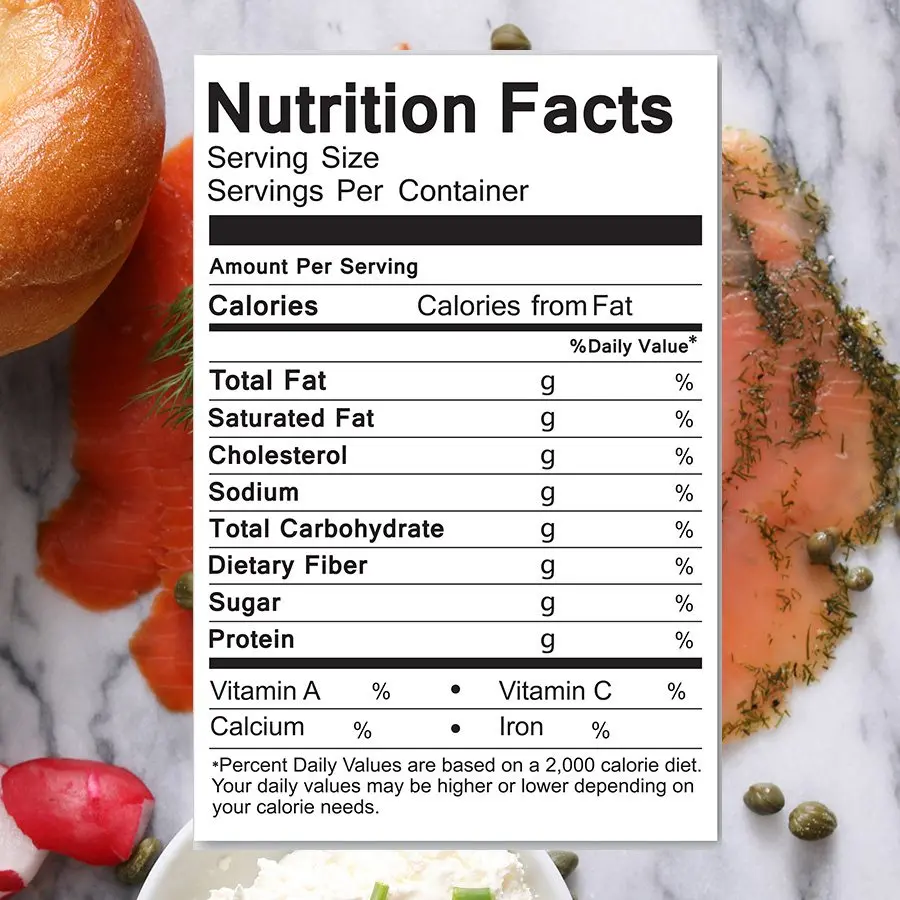Smoked salmon is a popular delicacy enjoyed by many people around the world. Its rich and smoky flavor makes it a versatile ingredient that can be used in various dishes. However, one concern that often arises when it comes to smoked salmon is its sodium content. In this article, we will delve into the topic of smoked salmon sodium content and provide you with important information to help you make informed choices about your diet.
Understanding Smoked Salmon
Smoked salmon is a type of fish that has been cured and then smoked to enhance its flavor and extend its shelf life. It is typically made from salmon fillets, which are first brined in a mixture of salt, sugar, and sometimes other seasonings. After brining, the salmon is smoked using different methods, such as cold smoking or hot smoking.
Hot Smoked Salmon Sodium Content
When it comes to hot smoked salmon, the sodium content can vary depending on the brand and preparation method. In general, hot smoked salmon tends to have a higher sodium content compared to other types of smoked salmon. This is because the brining process, which involves soaking the salmon in a salt solution, contributes to the sodium content of the final product.
For example, a typical hot smoked salmon product may contain around 400-600 milligrams of sodium per serving. This amount can vary, so it's important to check the nutritional information on the packaging of the specific product you are considering.
Managing Sodium Intake
While smoked salmon can be a delicious addition to your meals, it's essential to be mindful of your sodium intake, especially if you have dietary restrictions or health conditions that require you to limit your sodium consumption.
Here are a few tips to help you manage your sodium intake when consuming smoked salmon:
- Read the nutritional information: Always check the packaging for the sodium content per serving and adjust your portion sizes accordingly.
- Choose low-sodium options: Some brands offer low-sodium or reduced-sodium smoked salmon varieties, which can be a better choice for those watching their sodium intake.
- Balance your meals: If you plan to include smoked salmon in a dish, consider balancing it with other low-sodium ingredients to help offset the sodium content.
- Limit processed foods: Smoked salmon is often used as an ingredient in various dishes, such as salads or pasta. Be mindful of the overall sodium content of the meal by choosing fresh, low-sodium ingredients.
Frequently Asked Questions
Is smoked salmon high in sodium?
Smoked salmon can have a high sodium content, especially hot smoked varieties. It's important to read the nutritional information and consider portion sizes to manage your sodium intake.
Are there low-sodium options for smoked salmon?
Yes, some brands offer low-sodium or reduced-sodium smoked salmon options. These can be a better choice for individuals who need to limit their sodium intake.
Can I reduce the sodium content of smoked salmon?
While you cannot reduce the sodium content of already smoked salmon, you can manage your overall sodium intake by choosing low-sodium ingredients and balancing your meals.
Can I freeze smoked salmon to extend its shelf life?
Yes, you can freeze smoked salmon to extend its shelf life. However, it's important to follow proper storage guidelines and thaw the salmon safely before consuming it.
In Summary
Smoked salmon can be a delicious addition to your meals, but it's crucial to be mindful of its sodium content. Hot smoked salmon tends to have a higher sodium content compared to other types of smoked salmon. By reading the nutritional information, choosing low-sodium options, and balancing your meals, you can enjoy smoked salmon while managing your sodium intake. Remember to consult with a healthcare professional or a registered dietitian if you have specific dietary concerns or health conditions.
If you want to know other articles similar to Smoked salmon sodium content: exploring the facts you can visit the Nutrition category.


Related Articles